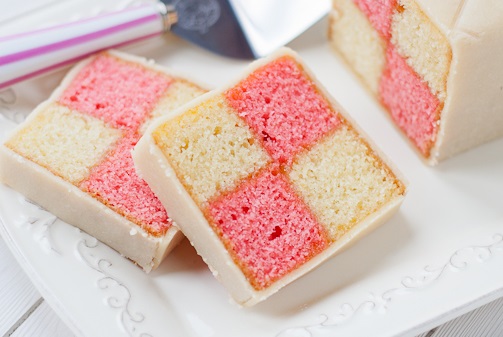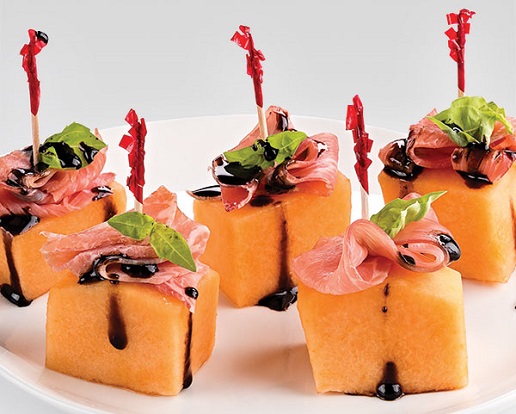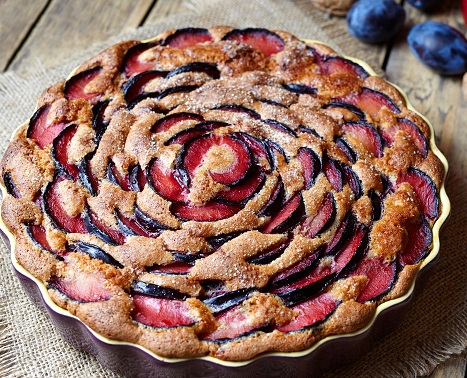Image | Title | Ratings | Link |
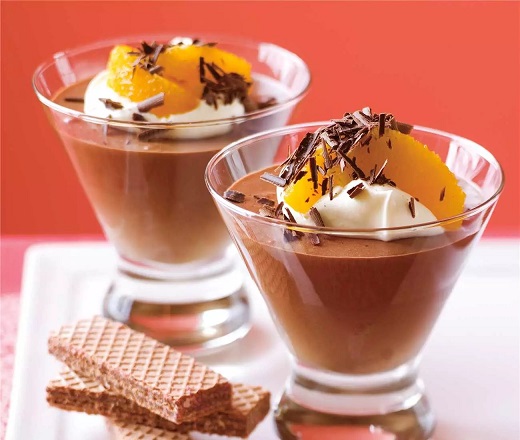 | Orange Chocolate Mousse | 5/5 | |
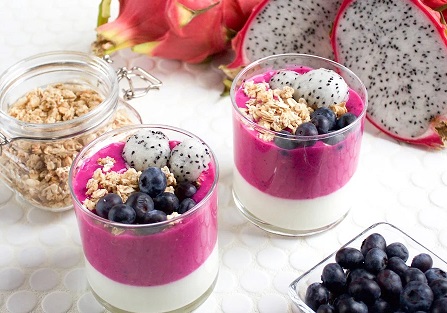 | Dragon Fruit Parfait | 5/5 |
Table of Contents
ToggleBattenberg Cake with Apricot Jam (UK)
Battenberg cake is a quintessentially British dessert that has been delighting taste buds since the 19th century. Named after the marriage of Princess Victoria and Prince Louis of Battenberg, this visually striking cake has become a staple of British baking. Definitely try it with Apricot jam!
Its hallmark feature is the checkerboard pattern formed by alternating squares of light and dark sponge cake. Traditionally wrapped in marzipan, Battenberg cake has a soft, spongy texture and is often enjoyed with a cup of tea.
While the cake itself is a treat, it’s the apricot jam that adds a deliciously sweet layer of flavor, balancing the cake’s sweetness and marzipan.
The cake is a perfect blend of light sponge, fruity apricot jam, and a rich marzipan coating that creates a satisfying mouthful in every bite. It’s ideal for afternoon tea, family gatherings, or as a nostalgic dessert that evokes the charm of British baking traditions.
Whether you’re an experienced baker or new to cake making, Battenberg cake offers a delightful and rewarding challenge, with impressive results that are sure to wow your guests.
Ingredients
This recipe will make one Battenberg Cake.
For the Sponge Cake:
- 225g (1 cup) unsalted butter, softened
- 225g (1 cup) caster sugar
- 4 large eggs
- 225g (1½ cups) self-raising flour
- 1 teaspoon baking powder
- 1 teaspoon vanilla extract
- A pinch of salt
- 2 tablespoons whole milk
- A few drops of red or pink food coloring (optional, for the pink sponge)
For the Apricot Jam Filling:
- 4-5 tablespoons apricot jam (preferably smooth)
- For the Marzipan Coating:
- 250g (9 oz) marzipan, rolled out
- Icing sugar, for dusting
- For the Assembly:
- 1 tablespoon water (for sealing the marzipan)
How to Make Battenberg Cake
Step 1: Prepare the Cake Pans
Preheat the oven to 350°F (175°C). Grease and line two 8-inch (20 cm) square cake pans with parchment paper. If you don’t have two square pans, you can use one and bake the sponge in batches, but having two will allow the sponge to bake evenly and save time.
In one of the pans, you will make the light-colored sponge, and in the other, the dark-colored one.
Step 2: Make the Cake Batter
In a large mixing bowl, cream together the softened butter and caster sugar until light and fluffy. This should take about 3-5 minutes with an electric mixer or whisk.
Add the eggs one at a time, beating well after each addition. If the mixture starts to curdle, add a spoonful of flour to bring it together.
Sift together the self-raising flour, baking powder, and salt in a separate bowl.
Gradually fold the sifted flour mixture into the butter and egg mixture, alternating with the milk. This will help the batter stay light and fluffy.
Once combined, divide the batter evenly between two bowls.
Step 3: Add the Coloring (for the Pink Sponge)
To one bowl of batter, add a few drops of red or pink food coloring and mix until you achieve a pale pink hue. The amount of coloring you use will depend on the shade you desire.
Leave the other bowl of batter plain.
Step 4: Bake the Sponge Cakes
Spoon the plain batter into one of the prepared cake pans and smooth the top with a spatula.
Spoon the pink batter into the other pan, again smoothing the top.
Bake both cakes in the preheated oven for about 20-25 minutes, or until a skewer inserted into the center comes out clean.
Image | Title | Ratings | Link |
 | Grilled Pineapple Skewers | 5/5 | |
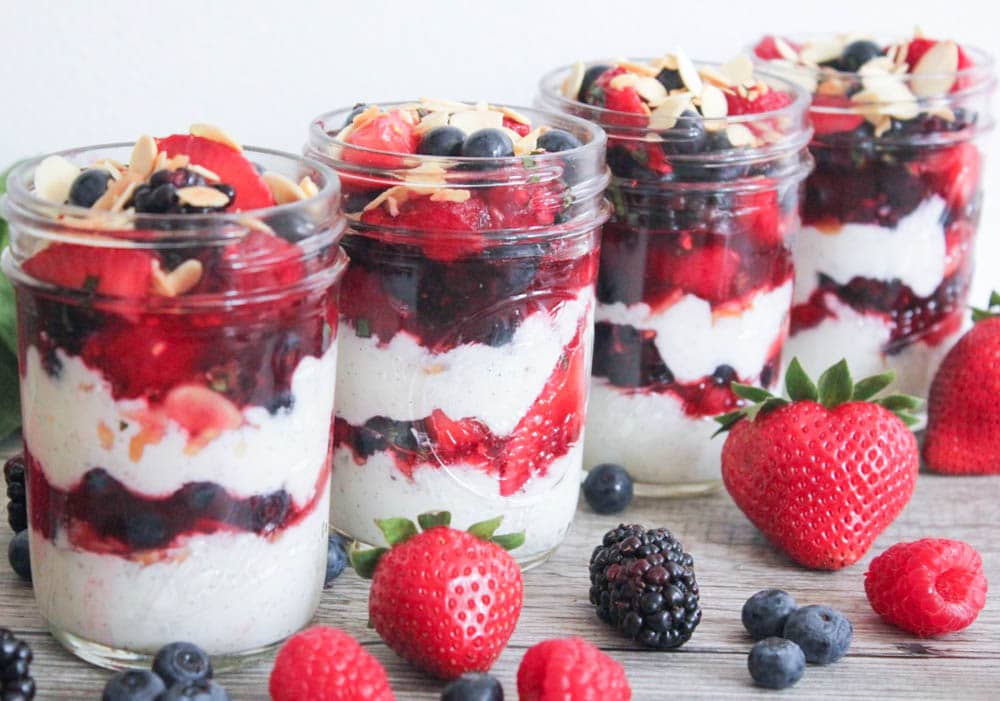 | Berry Parfait | 5/5 |
Once baked, allow the cakes to cool in their pans for 5 minutes, then turn them out onto a wire rack to cool completely.
Step 5: Trim the Cakes
Once the cakes have cooled completely, use a serrated knife to trim each cake into a neat rectangular shape. Aim for about 3 cm (1¼ inches) wide slices.
Cut each cake lengthwise into four even strips (two from the plain sponge and two from the pink sponge).
Step 6: Assemble the Battenberg Cake
Lightly dust your work surface with icing sugar to prevent the marzipan from sticking.
Roll out the marzipan into a rectangle that is large enough to wrap around the assembled cake. The marzipan should be about 3mm thick.
Warm the apricot jam in a small saucepan over low heat until it becomes runny and smooth.
Begin assembling the Battenberg by brushing the sides of each strip of cake with a thin layer of apricot jam. Place the strips alternately—one plain, one pink—until you have a checkerboard pattern.
Place the checkerboard arrangement of cakes in the center of the marzipan. Use a little more jam to stick the marzipan around the cake, sealing the edges.
Wrap the marzipan tightly around the cake, ensuring the seam is underneath. Trim any excess marzipan at the ends, and press lightly to seal.
Step 7: Finishing Touches
Once the marzipan is securely wrapped around the cake, dust the top lightly with icing sugar to finish. You can also roll the edges of the cake in marzipan if you want a more polished look.
Slice the Battenberg cake into even pieces and serve with a cup of tea or coffee.
Chef’s Notes
Marzipan Tips: When working with marzipan, it’s important to roll it out on a lightly dusted surface to prevent it from sticking. Marzipan can be tricky to handle, but a bit of patience will result in a smooth, professional finish. Make sure your marzipan is fresh for the best taste and texture.
Coloring the Cake: If you don’t have food coloring or prefer a natural alternative, you can use beetroot powder or raspberry puree to color the sponge pink. Just keep in mind that the color might be less vibrant than with artificial coloring.
Jam Choices: While apricot jam is traditional and works beautifully, you can experiment with other fruit jams such as raspberry or strawberry, depending on your taste preferences.
Making the Cake Ahead: Battenberg cake can be made a day in advance, and the flavor will improve as it rests. Just store it in an airtight container to keep the marzipan from drying out.
Nutritional Information (Per Serving)
Please note, the nutritional values are approximate and can vary depending on ingredients used.
- Calories: ~275 kcal
- Protein: 4g
- Fat: 12g
- Saturated Fat: 2g
- Carbohydrates: 37g
- Sugars: 28g
- Fiber: 1g
- Sodium: 20mg
- Cholesterol: 35mg
- Vitamin A: 4% of Daily Value
- Vitamin C: 2% of Daily Value
- Calcium: 2% of Daily Value
- Iron: 4% of Daily Value
Final Thoughts
Battenberg cake is not just a cake; it’s a statement of baking skill and creativity. Its beautiful checkerboard pattern and delicate layers of spongy cake, apricot jam, and marzipan make it a showstopper at any event.
Whether you’re preparing it for a special occasion or simply indulging in a delightful slice with tea, Battenberg cake is sure to impress.
The lightness of the sponge combined with the richness of the marzipan and the subtle sweetness of the apricot jam makes this cake a perfect treat for any time of year. Happy baking!
Thanks for visiting Fruits Recipes
Image | Title | Ratings | Link |
 | Mango Smoothie Bowl | 5/5 | |
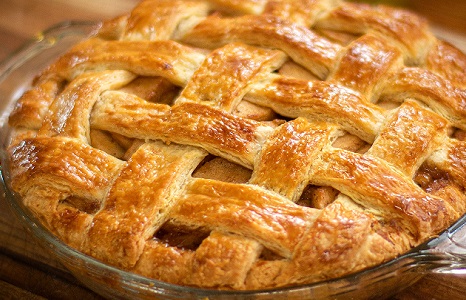 | Apple Pie | 5/5 | |
 | Chicken with Lemon and Olives | 5/5 | |
 | Strawberry Banana Smoothie | 5/5 |

